26 Apr Eating healthy with fewer grocery trips
Social distancing has us all re-thinking how to grocery shop and how many times we should actually venture out of the house and into public places. Here are a few tips for eating healthy with limited trips to the grocery store.
Have a plan
Having a plan is always a good idea, social distancing or not. This will keep you from impulse buying convenience food and keep you on track with your health goals. Here are a few examples of the pre-made meal plans we offer but if you are interested in completely personalized meal plans, we can do that too!
Cook from scratch
Taking ingredients in their purest forms and creating meals, aka “cooking from scratch” has many benefits.
1.) You know exactly what you are putting into your bodies. No needed perservatives, additives, “natural flavors” or sugar is needed when you’re cooking with whole foods (beans, legumes, fruits, veggies, sauces etc)
2.) You will be able to use the same basic ingredients for many meals. As you get into the groove of cooking from scratch you can build up your spice cabinet and pantry with some great versatile staples. The fewer packaged things you are buying, the less junk you will likely be putting into yourselves.
3.) You can save LOTS of money when making your spice blends, sauces and base foods.
4.) You can add nutrient density as you go! In our Family Wellness Course we teach how to add in things like kombu, turmeric, homemade broths and more to boost the foods you are eating so they are super packed with vitamins and minerals.
Buy in bulk
Buying in bulk will give you some good staple ingredients to work with many different meals. Choose nutrient dense dry goods for your pantry like quinoa, brown rice, lentils, and beans (check out this post for all things beans). And if you want some nutrient dense pantry inspiration check out #3 on this blog post.
Buy a variety of produce
Get a nice variety of vegetables and fruit #eattherainbow!  Plan your meals around using those vegetables that spoil first before things that keep much longer in the fridge like hard squash, cabbage, and root vegetables. You can always wash and freeze some of it if you won’t be using it before it spoils. We always have a good rotation of things in and out of the freezer when we don’t eat it up before it goes bad. For example, I will make smoothie bags if my spinach is on the verge of getting slimy. Or when the bananas are at peak ripeness I peel them and throw in a airtight container or baggie, for the freezer..
Plan your meals around using those vegetables that spoil first before things that keep much longer in the fridge like hard squash, cabbage, and root vegetables. You can always wash and freeze some of it if you won’t be using it before it spoils. We always have a good rotation of things in and out of the freezer when we don’t eat it up before it goes bad. For example, I will make smoothie bags if my spinach is on the verge of getting slimy. Or when the bananas are at peak ripeness I peel them and throw in a airtight container or baggie, for the freezer..
“Use this handy chart to help you know where and how to store your produce, what fruits and vegetables can be stored together, and which ones you should keep apart to keep them from spoiling.”
Buy frozen produce
Frozen produce is generally picked at peak ripeness, blanched and frozen all within a short amount of time from being harvested making it a great choice to have plenty on hand.
“BOTTOM LINE: Frozen produce is nutritionally similar to fresh produce. When nutrient decreases are reported in frozen produce, they’re generally small.”
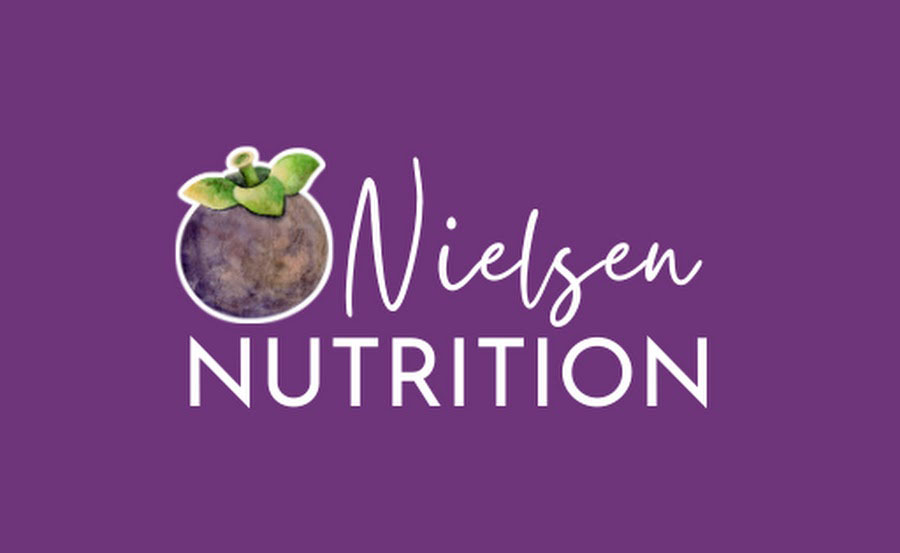

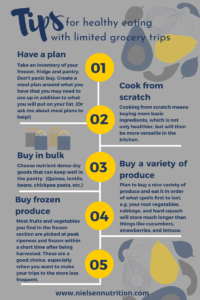
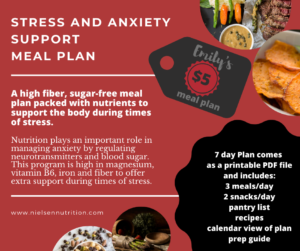
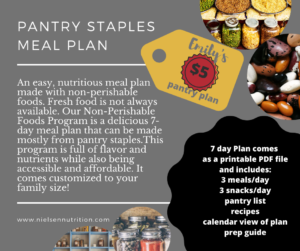
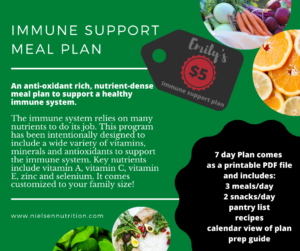
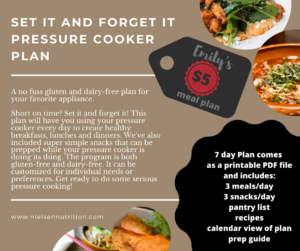
Sorry, the comment form is closed at this time.